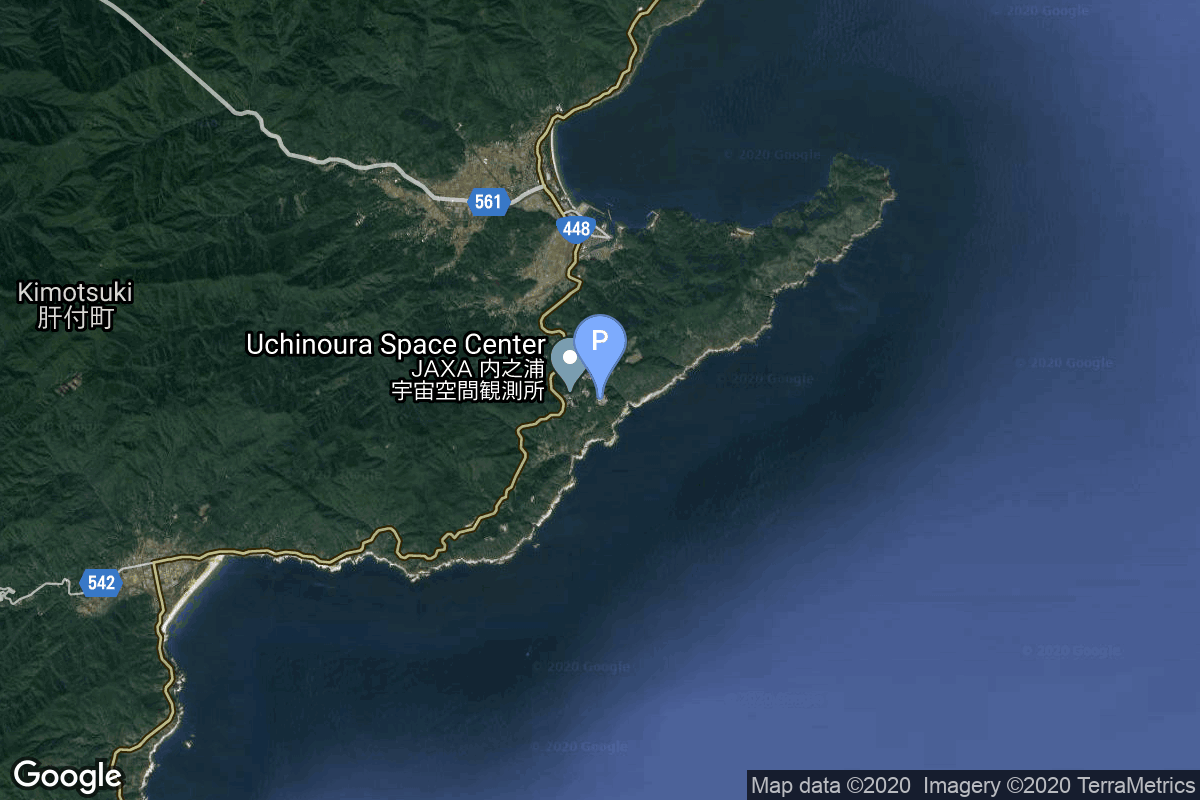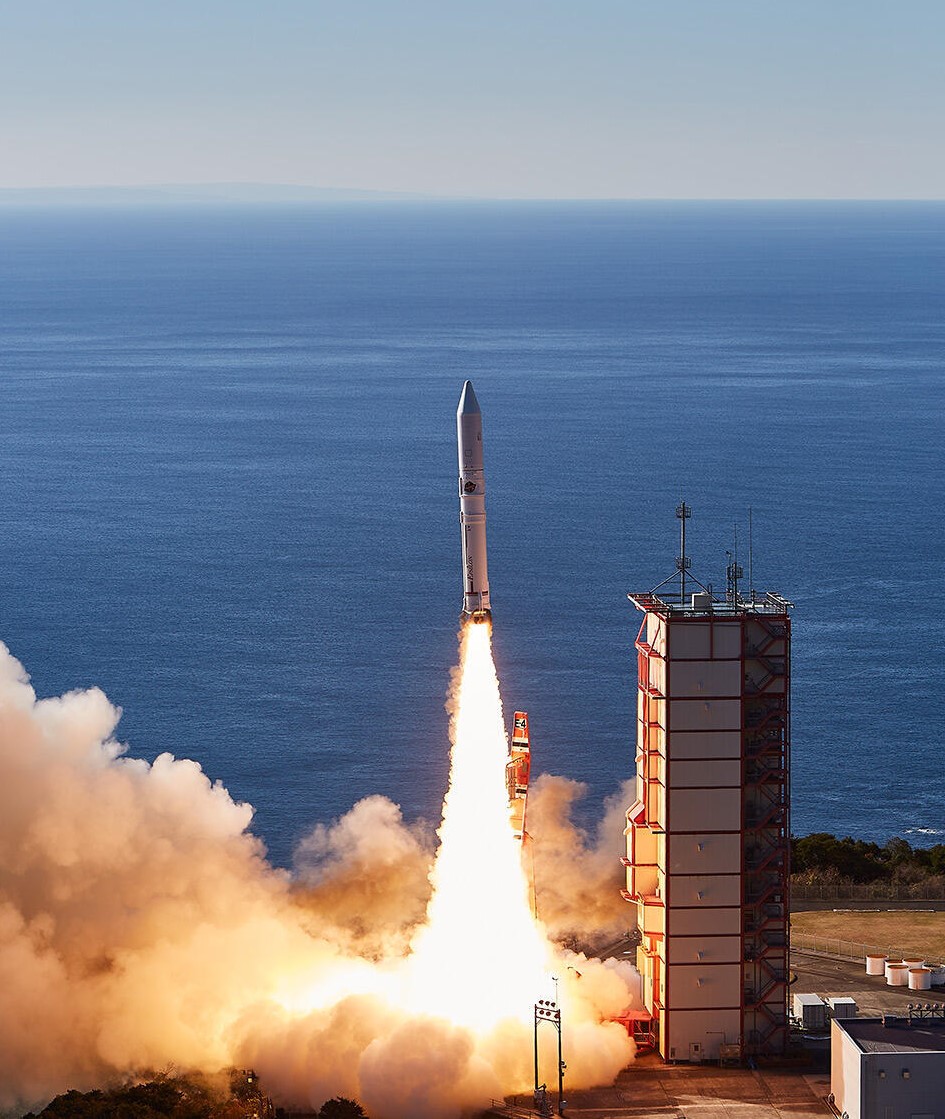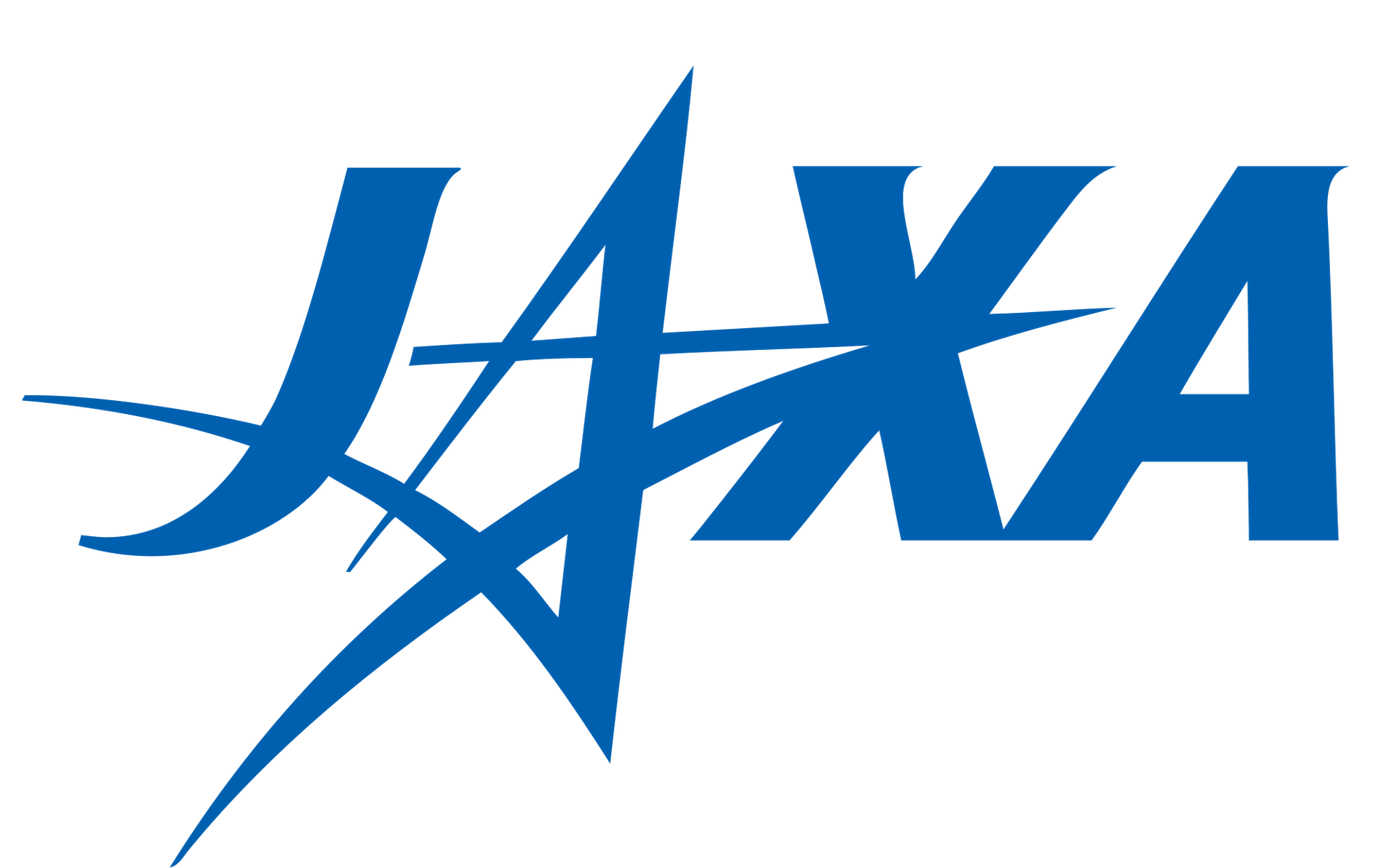Hisaki (SPRINT-A)
Epsilon
Japan Aerospace Exploration Agency
Mission
Hisaki (SPRINT-A)
- Type: Astrophysics
- Orbit: Low Earth Orbit
- Launch Cost: $39,000,000
Hisaki, also known as the Spectroscopic Planet Observatory for Recognition of Interaction of Atmosphere (SPRINT-A) is a Japanese ultraviolet astronomy satellite operated by the Japan Aerospace Exploration Agency (JAXA). Hisaki carries an extreme ultraviolet spectrometer which will be used to study the composition of the atmospheres and the behavior of the magnetospheres of the planets of the Solar System.
Location
Mu Center
Uchinoura Space Center, Japan
Mu Center has witnessed the launch of 36 rockets, including 36 orbital launch attempts, while Uchinoura Space Center, Japan, has been the site for 43 rocket launches.
Rocket
Japan Aerospace Exploration Agency Epsilon
The Epsilon rocket is a Japanese solid-fuel rocket designed to launch scientific satellites. It is a follow-on project to the larger and more expensive M-V rocket which was retired in 2006. The Japan Aerospace Exploration Agency (JAXA) began developing the Epsilon in 2007. It is capable of placing a 590 kg payload into Sun-synchronous orbit.
Agency
Japan Aerospace Exploration Agency
The Japan Aerospace Exploration Agency (JAXA) is Japan’s national aero-space agency. Through the merger of three previously independent organizations, JAXA was formed on 1 October 2003. JAXA is responsible for research, technology development and the launch of satellites into orbit, and is involved in many more advanced missions, such as asteroid exploration and possible manned exploration of the Moon. JAXA launch their Epsilon vehicle from the Uchinoura Space Center and their H-II vehicles from the Tanegashima Space Center.


